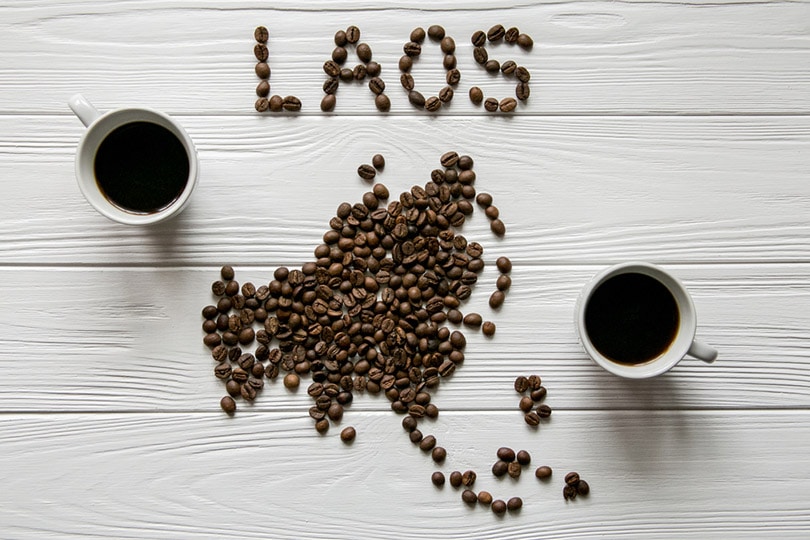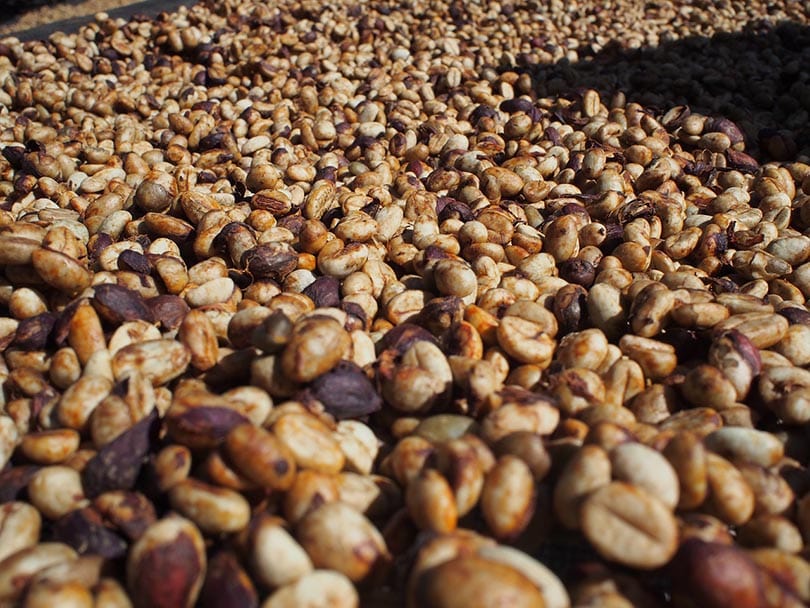
Are you a fan of full-bodied, rich coffee? If so, then Laos coffee may be the beans for you. If you haven’t heard of Laos coffee then you are truly missing out. This country has a rapidly growing coffee culture and has been producing quality beans for the masses since the 1900s. Let’s take a look at the history of coffee in Laos and learn more about the flavors they specialize in. We’ll even share a few brewing tips to make sure you have the best Laos coffee in your cup each time you indulge in the rich taste.

The History of Laos Coffee
Coffee made its way to Laos in the 1900s thanks to French colonists. When they first arrived, the colonists set their sights on the northern region of Laos for their coffee farms. This area was cooler and more hospitable to them. It wasn’t long, however, before they realized there was a better area in Laos for coffee beans to grow. The Bolaven Plateau rests at a higher elevation and is composed of volcanic soil, which is rich and fertile. Upon discovering what this region had to offer, the French colonists knew this would be the perfect area to grow their beans.
While the venture went well in the beginning, the start of World War II sent fear through many of the French coffee farmers. Many of them decided to leave the region. With the onslaught of war taking its toll, the farms suffered as well. It wasn’t until after the Vietnam War that Lao entrepreneurs stepped in and decided to rebuild the coffee industry and the farms the French left behind.
Things would not be easy for coffee farmers in Laos, however. Their Arabica crops were nearly wiped out in the 20th century thanks to orange rust disease. This left the farmers to turn to the hardier Robusta plants. Still, more war was on the horizon. In the 1960s and 1970s, the Second Indochina War again took out most of the coffee crops.

Rebuilding an Empire
The coffee farmers of Laos didn’t give up. After the loss of most of their crops once again, they continued to rebuild their coffee empire. Thanks to the Robusta beans, farmers were able to rebuild their farms. Some even found they could grow Arabica beans in certain areas without issues plaguing the crop. By the 1990s, the coffee farmers of Laos were producing roughly 5000 tons of coffee. Currently, that number is more like 20,000 tons, allowing coffee farmers to support their families and spreading the industry to over 250 villages across the country.
The Bolaven Plateau
The coffee industry in Laos owes its success to the Bolaven Plateau. This elevated area features the country’s most majestic waterfalls and borders many of the country’s biggest areas. Due to coffee growing so well in this region, it is understandable why it is considered the coffee capital of Laos.
The Bolaven Plateau features ideal conditions for growing coffee plants. The elevation is over 1,000 meters above sea level. This provides a damp, cool climate coffee plants thrive. The soil is quite rich as well. The Bolaven Plateau sits atop a volcanic field from ancient times. This field enriches the soil and makes it ideal for supporting the numerous coffee and tea plantations in the region.

The Coffee of Laos
When trying Laos coffee, you’ll need to steer clear of lattes and cappuccinos. Laos coffee isn’t for those who prefer weak coffee. Traditional coffee from the region is strong, thick, and rich. Café Lao, as it is usually called, is brewed using a cloth filter sock. The hot liquid is then poured into a glass where sweetened condensed milk and powdered creamer are waiting. The drink features a hint of chocolate and offers coffee lovers a dense drink to savor.
While it’s the men of Laos who seem to prefer Café Lao for its boldness, the women in the region aren’t left out. While the men gather to chat, the women of Laos get to enjoy the refreshing Café Nom Yen. This iced milk coffee is extra sweet and milky. Many feel it is the perfect coffee beverage to fight the high heat the region faces.
The Coffee Expansion in Laos
While coffee is considered one of the top exports in Laos, the people in the region have advanced over the years and are using what they know so well to turn a profit at home as well. Local coffee shops are popping up all around Laos. Of course, most serve the traditional Café Lao or Café Nom Yen, but that’s not all. If you’re a visitor, or a native, who enjoys mixing things up, you can find a yummy cappuccino in a local shop. If all else fails, coffee drinks are even served in grocery stores and other shops as you walk down the streets.
Another way the people of Laos are profiting from coffee is with tours. For many, touring and viewing working coffee farms is a great way to spend a day in Laos. Many farms have opened their doors to this venture and even allow tourists and visitors to watch as coffee is brewed using the sock method the country is so well-known for.

In Conclusion
Laos coffee’s history and taste are rich and full of flavor. While the region struggled to get its coffee farms off the ground after an impressive start, it was the resolve of the country’s people that ensured the coffee culture survived and flourished. Now, you can try traditional Laos coffee, if you can handle the bold taste, or sweeten down the taste as you wish. Either way, you take it, you’ll appreciate the full-bodied flavor and rich history behind the drink in your cup.
Featured Image Credit: voffka23, Shutterstock















